Öffentliche Kapitalmärkte und die Entstehung von Startups
Diese Forschungsgruppe untersucht die Entstehung von Startups mit Fokus auf der Rolle etablierter Unternehmen als Anbieter von Kapital und qualifizierten Beschäftigten für die Gründung und das Wachstum von Startups.
Forschungscluster
Wirtschaftliche Dynamik und StabilitätIhr Kontakt

Leiter - Abteilung Gesetzgebung, Regulierung und Faktormärkte
Referierte Publikationen
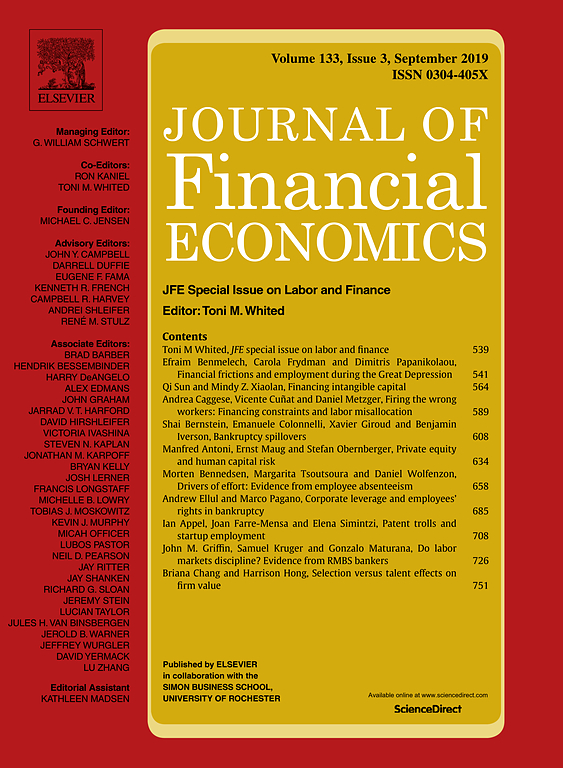
Activism and Empire Building
in: Journal of Financial Economics, Nr. 2, 2020
Abstract
Hedge fund activists target firms engaging in empire building and improve their future acquisition and divestiture strategy. Following intervention, activist targets make fewer acquisitions but obtain substantially higher returns by avoiding large and diversifying deals and refraining from acquisitions during merger waves. Activist targets also increase the pace of divestitures and achieve higher divestiture returns than matched non-targets. Activists curtail empire building through the removal of empire building chief executive officers (CEOs), compensation based incentives, and appointment of new board members. Our findings highlight an important channel through which activists improve efficiency and create shareholder value.
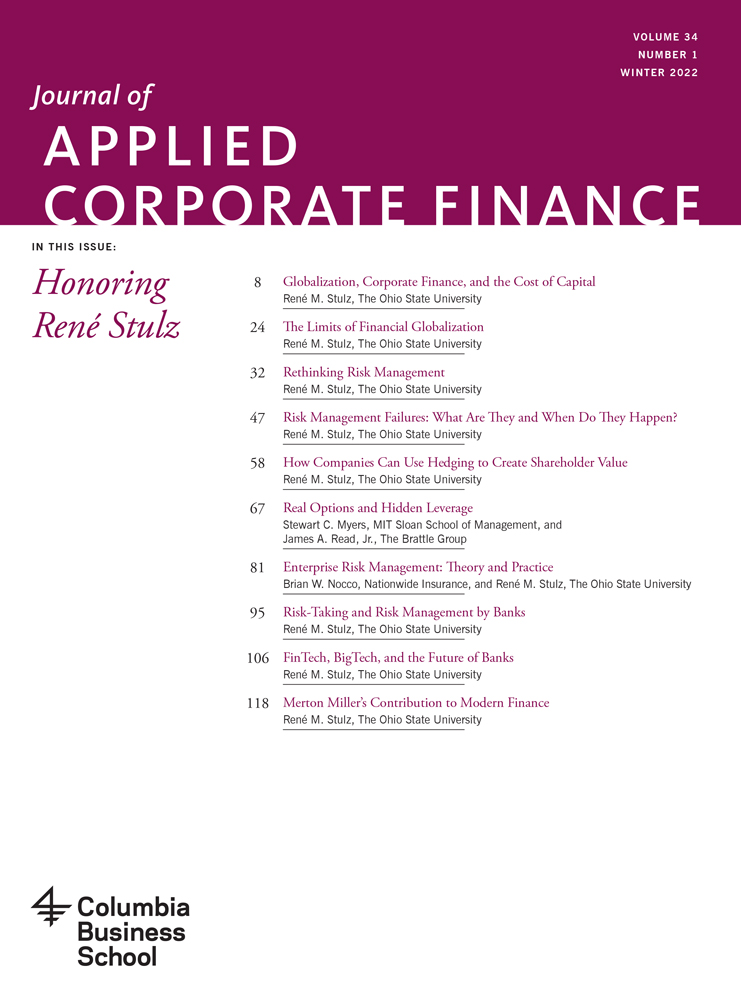
Private Equity and Portfolio Companies: Lessons From the Global Financial Crisis
in: Journal of Applied Corporate Finance, Nr. 3, 2020
Abstract
Critics of private equity have warned that the high leverage often used in PE-backed companies could contribute to the fragility of the financial system during economic crises. The proliferation of poorly structured transactions during booms could increase the vulnerability of the economy to downturns. The alternative hypothesis is that PE, with its operating capabilities, expertise in financial restructuring, and massive capital raised but not invested ("dry powder"), could increase the resilience of PE-backed companies. In their study of PE-backed buyouts in the U.K. - which requires and thereby makes accessible more information about private companies than, say, in the U.S. - the authors report finding that, during the 2008 global financial crisis, PE-backed companies decreased their overall investments significantly less than comparable, non-PE firms. Moreover, such PE-backed firms also experienced greater equity and debt inflows, higher asset growth, and increased market share. These effects were especially notable among smaller, riskier PE-backed firms with less access to capital, and also for those firms backed by PE firms with more dry powder at the crisis onset. In a survey of the partners and staff of some 750 PE firms, the authors also present compelling evidence that PEs firms play active financial and operating roles in preserving or restoring the profitability and value of their portfolio companies.

The Creation and Evolution of Entrepreneurial Public Markets
in: Journal of Financial Economics, Nr. 2, 2020
Abstract
This paper explores the creation and evolution of new stock exchanges around the world geared toward entrepreneurial companies, known as second-tier exchanges. Using hand-collected novel data, we show the proliferation of these exchanges in many countries, their significant volume of Initial Public Offerings (IPOs), and lower listing requirements. Shareholder protection strongly predicted exchange success, even in countries with high levels of venture capital activity, patenting, and financial market development. Better shareholder protection allowed younger, less-profitable, but faster-growing, companies to raise more capital. These results highlight the importance of institutions in enabling the provision of entrepreneurial capital to young companies.

Bankruptcy Spillovers
in: Journal of Financial Economics, Nr. 3, 2019
Abstract
How do different bankruptcy approaches affect the local economy? Using US Census microdata, we explore the spillover effects of reorganization and liquidation on geographically proximate firms. We exploit the random assignment of bankruptcy judges as a source of exogenous variation in the probability of liquidation. We find that employment declines substantially in the immediate neighborhood of the liquidated establishments, relative to reorganized establishments. The spillover effects are highly localized and concentrate in nontradable and service sectors, consistent with a reduction in local consumer traffic and a decline in knowledge spillovers between firms. The evidence highlights the externalities that bankruptcy design can impose on nonbankrupt firms.
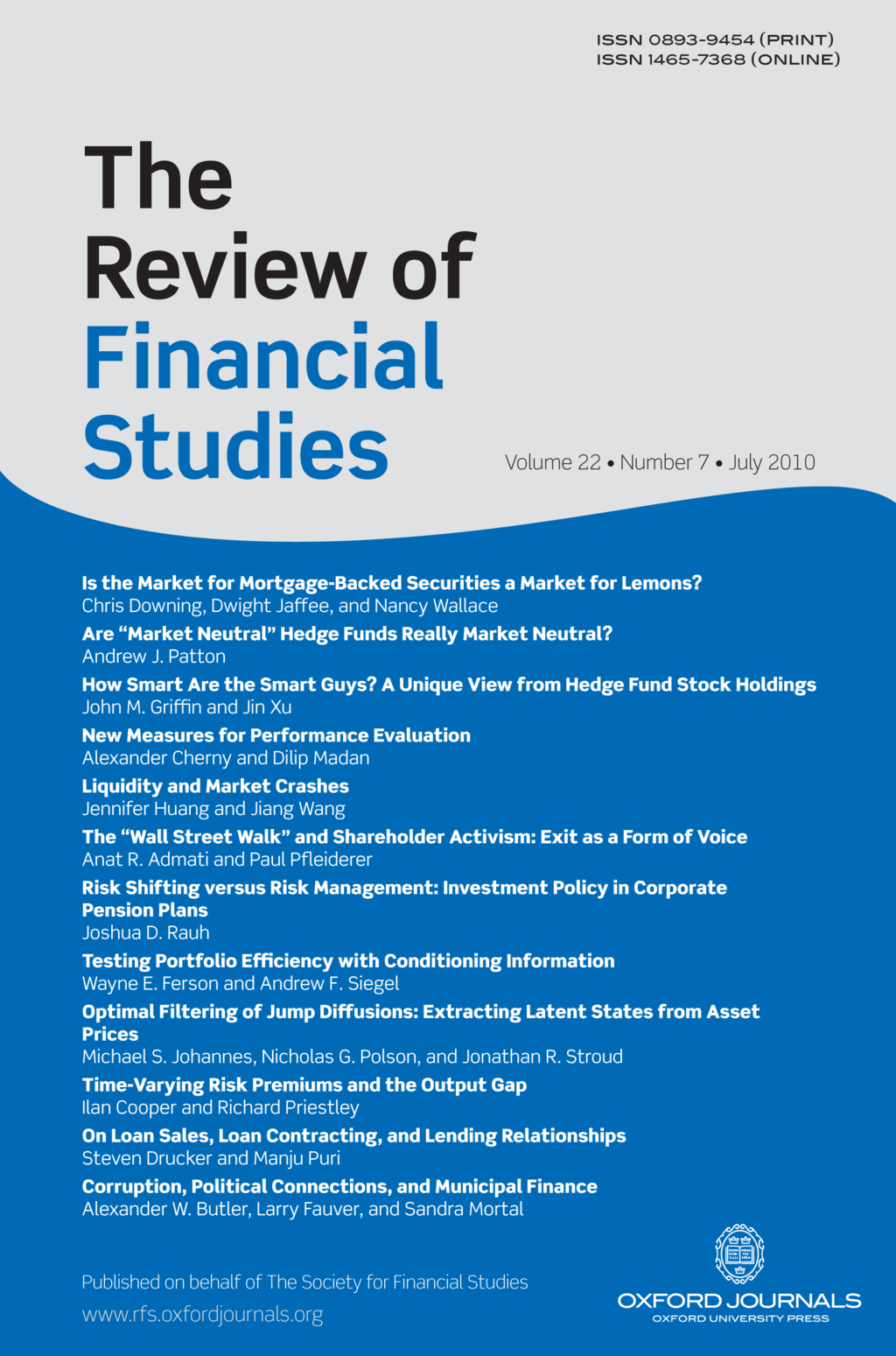
Private Equity and Financial Fragility During the Crisis
in: Review of Financial Studies, Nr. 4, 2019
Abstract
Does private equity (PE) contribute to financial fragility during economic crises? The proliferation of poorly structured transactions during booms may increase the vulnerability of the economy to downturns. During the 2008 crisis, PE-backed companies decreased investments less than did their peers and experienced greater equity and debt inflows, higher asset growth, and increased market share. These effects are especially strong among financially constrained companies and those whose PE investors had more resources at the crisis onset. In a survey, PE firms report being active investors during the crisis and spending more time working with their portfolio companies.
Arbeitspapiere
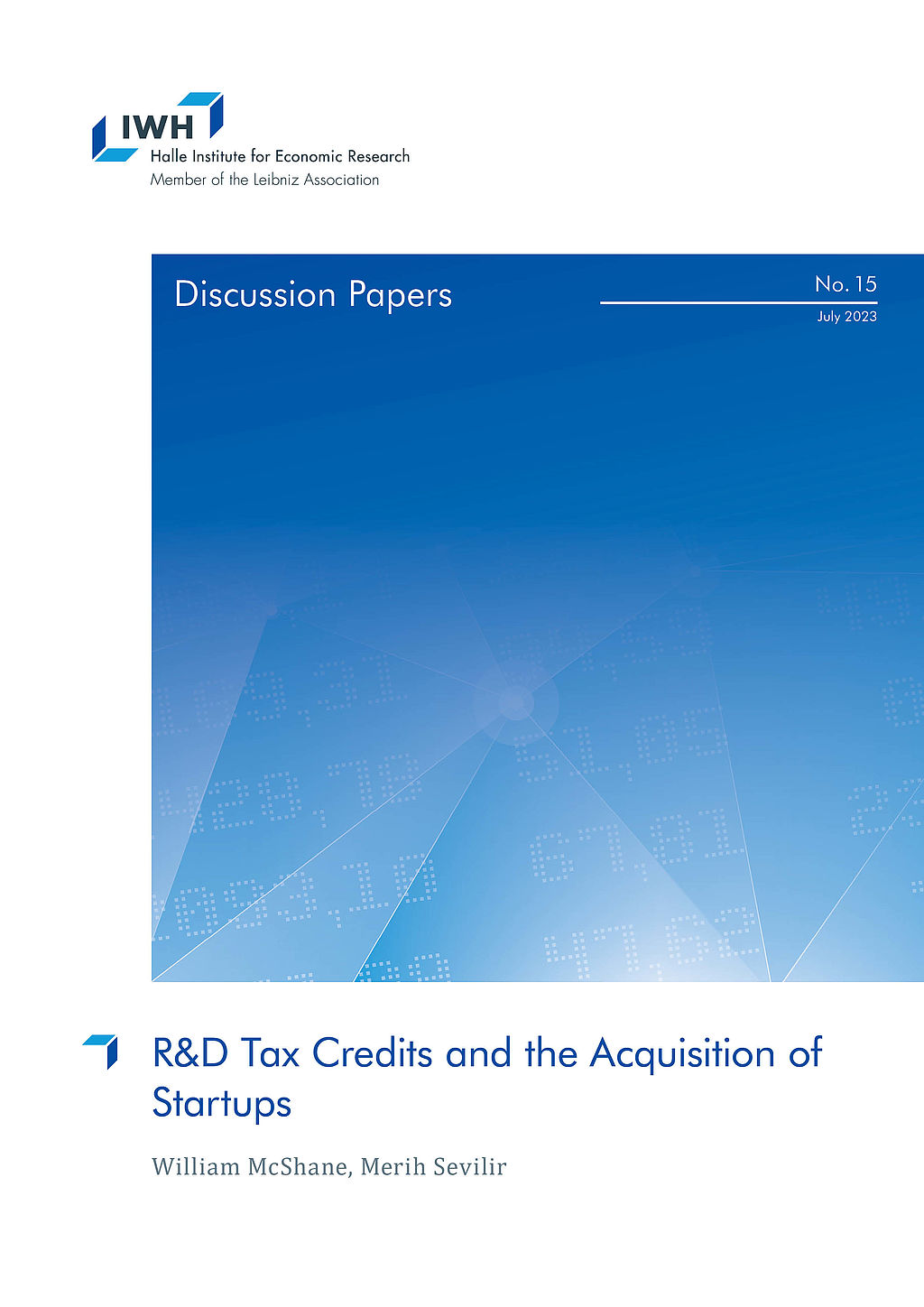
R&D Tax Credits and the Acquisition of Startups
in: IWH Discussion Papers, Nr. 15, 2023
Abstract
We propose a novel mechanism through which established firms contribute to the startup ecosystem: the allocation of R&D tax credits to startups via the M&A channel. We show that when established firms become eligible for R&D tax credits, they increase their R&D and M&A activity. In particular, they acquire more venture capital (VC)-backed startups, but not non-VC-backed firms. Moreover, the impact of R&D tax credits on firms’ R&D is increasing with their acquisition of VC-backed startups. The results suggest that established firms respond to R&D tax credits by acquiring startups rather than solely focusing on increasing their R&D intensity in-house. We also highlight evidence that startups do not appear to benefit from R&D tax credits directly, perhaps because they typically lack the taxable income necessary to directly benefit from the tax credits. In this context, established firms can play an intermediary role by acquiring startups and reallocating R&D tax credits, effectively relaxing the financial constraints faced by startups.
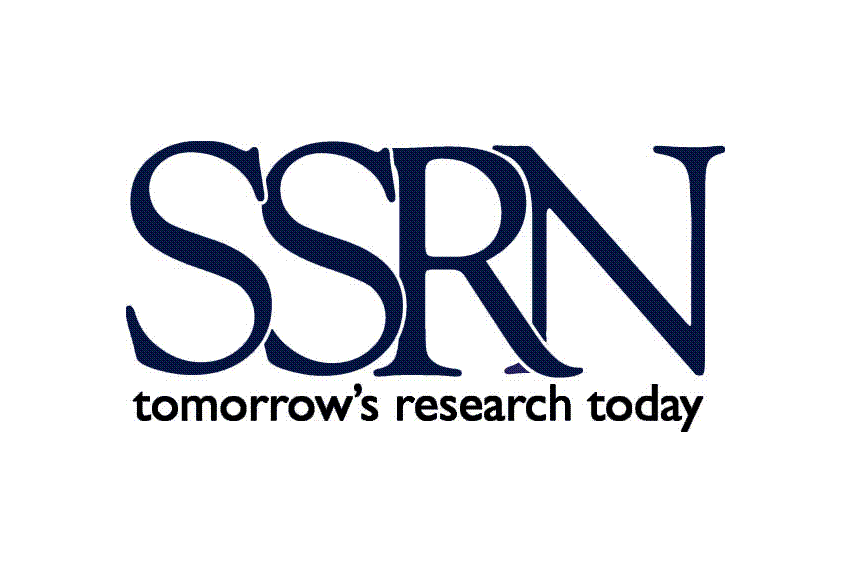
Going Public and the Internal Organization of the Firm
in: SSRN Working Paper, May 2022
Abstract
We examine how firms adapt their organization when they go public. To conform with the requirements of public capital markets, we expect IPO firms to become more organized, making the firm more accountable and its human capital more easily replaceable. We find that IPO firms transform into a more hierarchical organization with smaller departments. Managerial oversight increases. Organizational functions dedicated to accounting, finance, information and communication, and human resources become much more prominent. Employee turnover is sizeable and directly related to changes in hierarchical layers. New hires are better educated, but younger and less experienced than incumbents, which reflects the staffing needs of a more hierarchical organization. Wage inequality increases as firms become more hierarchical. Overall, going public is associated with a comprehensive transformation of the firm's organization which becomes geared towards efficiently operating a public firm.

Private Equity in the Hospital Industry
in: ECGI Working Paper, Nr. 787, 2021
Abstract
We examine employment and patient outcomes at hospitals acquired by private equity (PE) firms and PE-backed hospitals. While employment declines at PE-acquired hospitals, core medical workers (physicians, nurses, and pharmacists) increase significantly. The proportion of wages paid to core workers increases at PE-acquired hospitals whereas the proportion paid to administrative employees declines. These results are most pronounced for deals where the acquirers are publicly traded PE-backed hospitals. Non-PE-backed acquirers also cut employment but do not increase core workers or reduce administrative expenditures. Finally, PE-backed acquirers are not associated with worse patient satisfaction or mortality rates compared to their non-PE-backed counterparts.












